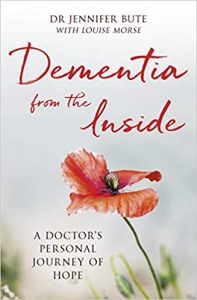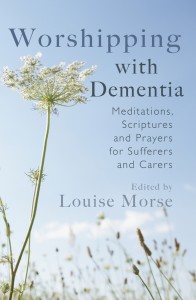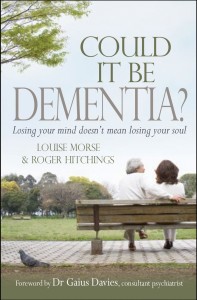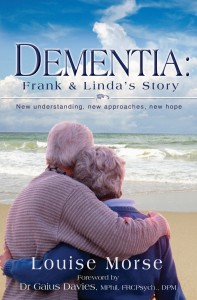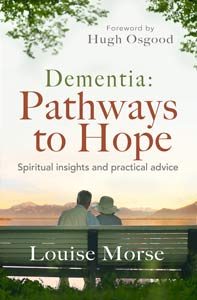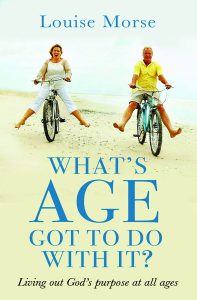 It’s often said that 60 is the new 40, but new government statistics say that, categorically, 70 is the new 65. People aged 70 in 2017 had the health profile similar to people age 65 in 1997. And the movement upwards is expected to continue.
It’s often said that 60 is the new 40, but new government statistics say that, categorically, 70 is the new 65. People aged 70 in 2017 had the health profile similar to people age 65 in 1997. And the movement upwards is expected to continue.
So we need to adjust how we think about living longer, they say. We shouldn’t see old age as starting at 65, for a start. Well quite – I don’t think that’s been the case for some time. And we have to do away with our outdated ideas about it, said the chief executive of the Centre for Ageing Better. We’ll have a cup of tea and a biscuit to celebrate that!
Working backward from life expectancy would see old age start at 74 for men and 72 for women. By 2066 this would rise to 75 for men and 77 for women. But don’t think this means more time in front of the TV or in the Lazy-Boy. No, it means that we can continue contributing for longer, through our working lives, or volunteering, and possibly providing care for family members, for example grandchildren. They seem not to have noticed that this has a been happening for some time already.
They also mention that more older people means increased demand for health and adult social services and increased public spending on state pensions.
What they haven’t mentioned is research undertaken by leading independent economists SQW (verified by eminent experts) published by the WRVS (now RVS) eight years ago, showing that in 2010, over 65’s made an astonishing contribution of £40 billion to the UK economy through, amongst other things, taxes, spending power, provision of social care and the value of their volunteering. And they predicted that in spite of future costs around providing pensions, welfare and health services to a larger and longer living population, over 65’s net contribution will grow to £77 billion by 2030. Why aren’t these figures mentioned in the current debate about the cost of social care funding?
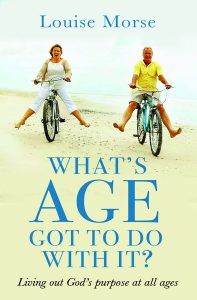 Perhaps the most important change is altering the way we, as individuals, think about our latter years. It often takes a long time for the obvious to sink in. People can stay looking through the binoculars backwards at how things used to be, not at how they are and how they changing. Ageist attitudes are still a barrier to living the fullest life, especially among older people who’ve internalised them.
Perhaps the most important change is altering the way we, as individuals, think about our latter years. It often takes a long time for the obvious to sink in. People can stay looking through the binoculars backwards at how things used to be, not at how they are and how they changing. Ageist attitudes are still a barrier to living the fullest life, especially among older people who’ve internalised them.
It’s one of the reasons I wrote, What’s Age Got To Do With It?’. Many of the stories in there about people in their 80s and more make me ask – should 70 be seen as the new 65? Shouldn’t it be 70 – the new 55? And 75 the new 60?
You can get a copy of the book from the usual outlets or order through our website, https://www.pilgrimsfriend.org.uk/shop/whats-age-got-to-do-with-it.










